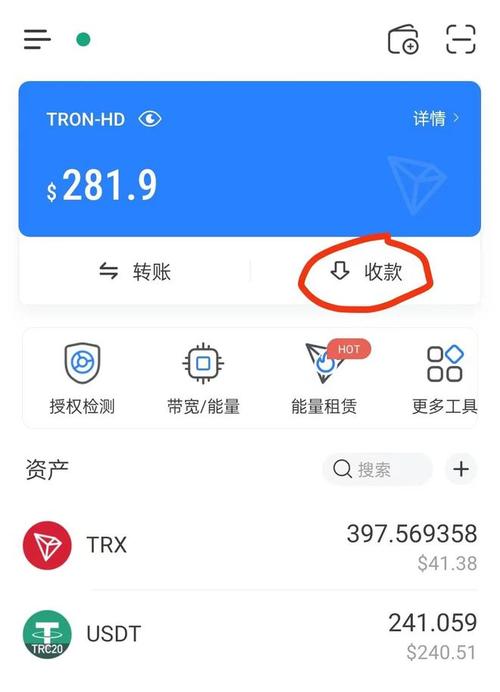
Understanding ERC20 ETH_Call: A Detailed Guide for Beginners
Are you new to the world of Ethereum and looking to delve into the fascinating realm of ERC20 tokens? If so, you’ve come to the right place. In this article, we will explore the ERC20 ETH_call mechanism, providing you with a comprehensive understanding of how it works and its significance in the Ethereum ecosystem.
What is ERC20?
ERC20 is a technical standard for smart contracts on the Ethereum blockchain. It defines a set of rules and functions that tokens must adhere to in order to be considered ERC20 compliant. These rules ensure interoperability and standardization across different tokens, making it easier for developers and users to interact with them.

Some of the key features of ERC20 include:
| Feature | Description |
|---|---|
| Total Supply | The total number of tokens in circulation. |
| Balance Of | The amount of tokens owned by a specific address. |
| Transfer | The function to transfer tokens from one address to another. |
| Approve | The function to approve a third-party contract to spend tokens on behalf of the owner. |
| Transfer From | The function to transfer tokens from the owner’s address to another address, using the approved amount. |
Understanding ETH_Call
ETH_call is a function used to interact with smart contracts on the Ethereum blockchain. It allows you to call a function of a contract and retrieve data from it. This function is particularly useful when working with ERC20 tokens, as it enables you to query information about the token, such as its total supply, balance of a specific address, and more.
Here’s a basic example of how ETH_call works:
“`javascriptconst contractAddress = ‘0x…’; // Replace with the actual contract addressconst contractABI = [ { constant: true, inputs: [], name: ‘totalSupply’, outputs: [ { name: ”, type: ‘uint256’ } ], payable: false, stateMutability: ‘view’, type: ‘function’ }, // … other functions];const contract = new web3.eth.Contract(contractABI, contractAddress);contract.methods.totalSupply().call() .then(result => { console.log(‘Total Supply:’, result); }) .catch(error => { console.error(‘Error:’, error); });“`
In this example, we create a new instance of the contract using its ABI and address. Then, we call the `totalSupply` function using the `call` method, which retrieves the total supply of the token. The result is logged to the console.

Benefits of Using ETH_Call
Using ETH_call to interact with ERC20 tokens offers several benefits:
-
Interoperability: ERC20 tokens adhere to a standardized set of rules, making it easier to interact with them across different platforms and applications.
-
Decentralization: ETH_call allows you to retrieve information from smart contracts without relying on a centralized authority.
-
Security: Interacting with smart contracts using ETH_call ensures that you are working with the actual contract and not a malicious copy.
-
Efficiency: ETH_call provides a fast and efficient way to retrieve information from smart contracts, reducing the need for manual data processing.
Conclusion
Understanding ERC20 ETH_call is crucial for anyone looking to work with Ethereum and its tokens. By familiarizing yourself with this mechanism, you’ll be better equipped to interact with smart contracts, retrieve information, and contribute to the Ethereum ecosystem. So, go ahead and dive into the world of ERC20 tokens and ETH_call, and enjoy the journey!



